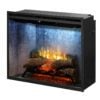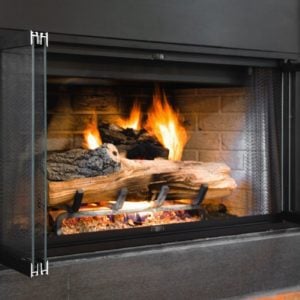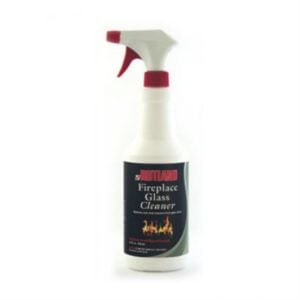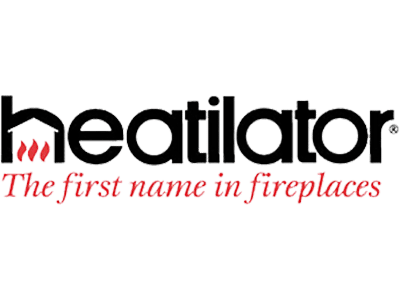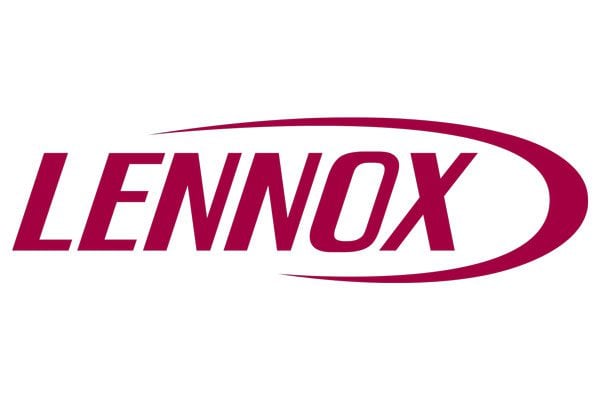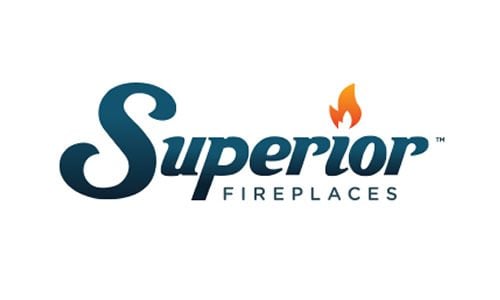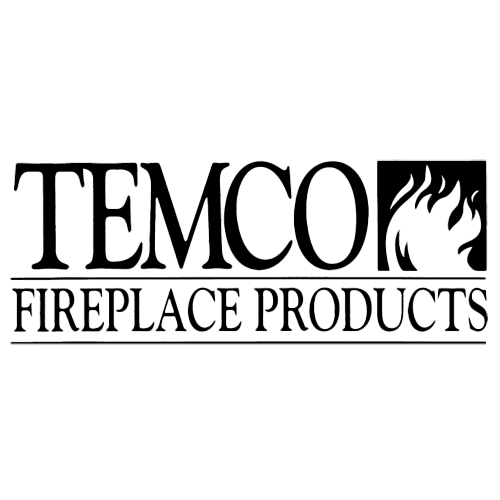Blog
A fireplace can completely transform a home, but with so many choices, it can be hard to find the right one to do so. Finding the perfect fireplace appears difficult, but with the correct information, it doesn’t have to be. That’s why we’ve put together this essential guide to streamline the process, highlighting each of the different types of fireplaces and their benefits and drawbacks.
Exploring the types of fireplaces
There are so many different types of fireplaces, from the traditional fireplace to an electric fireplace. Below are the main types to consider:
Type 1 – Traditional wood-burning fireplaces
A wood fireplace exudes timeless charm with its classic aesthetic, featuring brick or stone hearth fireplaces and a sturdy mantel. Serving as the focal point in living spaces, whether used as outdoor or indoor fireplaces, they create a cozy, rustic atmosphere that captivates. The scent of burning wood and the gentle crackling of flames from a wood-burning fireplace heightens the sensory experience, crafting an ideal setting for relaxation.
Benefits:
- Ambiance and Aesthetics: The allure of flickering flames and the innate warmth from wood-burning fireplaces is unmatched, instilling comfort and hospitality. They lend inviting charm to gatherings and tranquil evenings alike.
- Energy Efficiency: Wood, a renewable resource, can be responsibly burned, rendering it nearly carbon-neutral. In contrast to fossil fuels, these fireplaces present an ecologically conscious choice.
- Backup Heating Source: In unforeseen power outages, wood-burning fireplaces stand as reliable heat sources, ensuring continued comfort during emergencies.
Drawbacks:
- Emissions and Air Quality: While innovative technology has ameliorated efficiency and reduced emissions, burning wood still releases particles and potentially detrimental pollutants. This concern is especially pertinent in regions with stringent air quality regulations.
- Maintenance: Upholding wood-burning fireplaces necessitates consistent upkeep to thwart creosote accumulation and prevent chimney fires. Managing ashes and cleaning the fireplace can be untidy tasks.
- Efficiency: In contrast to contemporary heating methods, conventional wood-burning fireplaces exhibit lower efficiency. A notable portion of produced heat can dissipate via the chimney, making them less efficient for larger spaces.

Type 2 – Electric fireplaces
An electric fireplace is ingeniously crafted to emulate real flames and radiant embers through sophisticated technology. They frequently showcase adjustable, lifelike flame effects, offering a visually captivating focal point adaptable to any room. Fireplace design options span for mantel electric fireplaces from chic minimalism to timeless opulence, allowing homeowners to align with their interior aesthetic in the living room.
Benefits:
- Ease of Use: Operating electric fireplaces is remarkably intuitive. A simple switch or remote control allows effortless ignition and deactivation, eliminating the need for firewood, matches, or fire maintenance. An ideal solution for those seeking convenient warmth.
- Fireplace Installation Versatility: Electric fireplaces necessitate neither chimneys nor venting, enabling easy installation in diverse locations—be it apartments, condos, or houses. An electrical outlet suffices for setup.
- Energy Efficiency: Direct heat emission without chimney or vent losses characterizes electric fireplaces. Heat output adjustability further enhances energy efficiency, which is especially beneficial for zone heating to economize energy consumption.
Drawbacks:
- Realism: Despite significant strides, electric flames might not wholly capture the authentic ambiance of a genuine wood-burning fire, particularly for purists who value traditional authenticity.
- Heating Capacity Limitation: Electric fireplaces might encounter challenges providing substantial heat in expansive areas. They prove most effective in compact to medium-sized spaces.
- Electricity Reliance: Electric fireplaces hinge on a consistent power supply. They are rendered inoperative during power outages, setting them apart from wood-burning counterparts as heat sources.
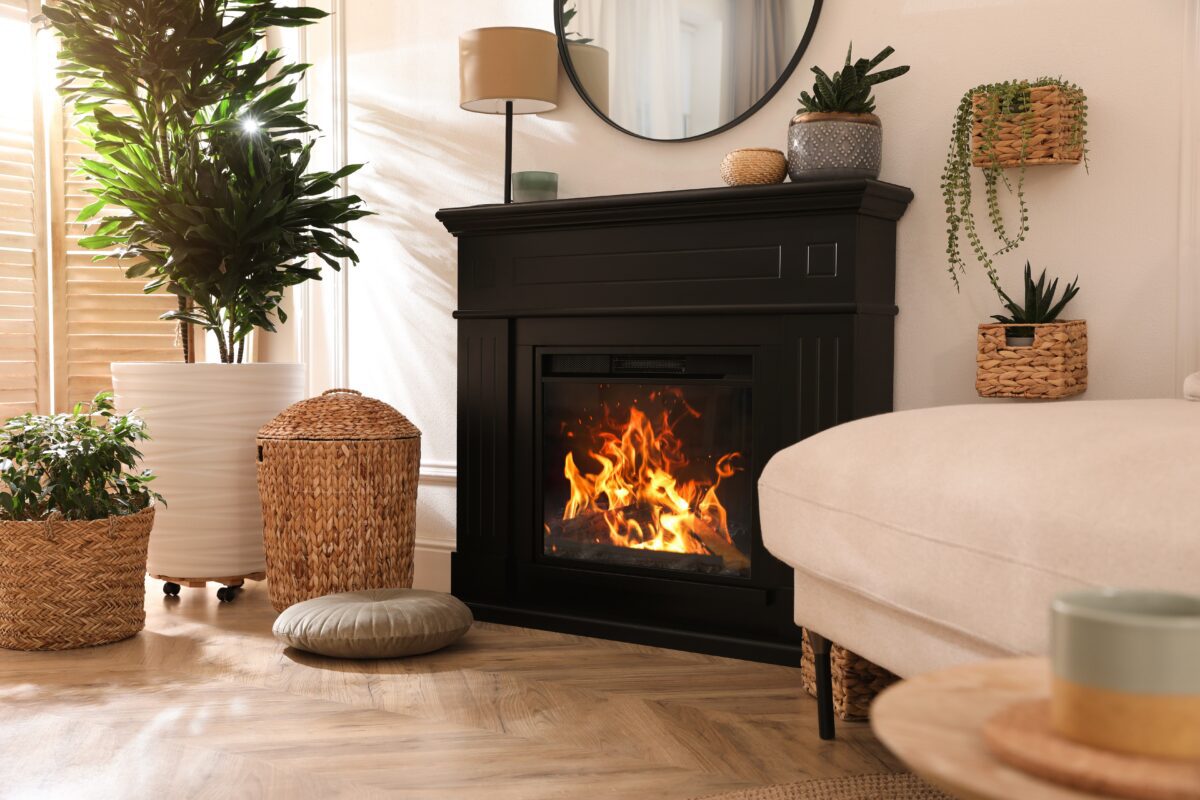
Type 3 – Gas fireplaces
Gas fireplaces ingeniously simulate a real fire using natural gas or propane as fuel. They often boast lifelike flames and logs resembling traditional wood-burning fires, with customizable intensity and height for an appealing presentation.
Benefits:
- Convenience: Gas fireplaces are exceptionally user-friendly, ignited, and controlled via buttons or remotes. No firewood, matches, or tending required, enhancing ease of use.
- Clean and Low-Maintenance: Unlike wood-burning counterparts, gas fireplaces don’t generate ashes or soot, reducing cleaning needs. No concerns about creosote or chimney maintenance.
- Efficiency: High heating efficiency characterizes gas fireplaces. Their adjustable, consistent heat and sealed combustion design minimize heat loss through chimneys, making them ideal for zone heating.
Drawbacks:
- Realism: Despite significant advancements, some enthusiasts may feel gas fireplaces lack the authentic allure of wood-burning flames.
- Fuel Reliance: Steady natural gas or propane supply is crucial for gas fireplaces, necessitating operational fuel sources.
- Installation costs: Setting up a gas fireplace, with venting and gas line expenses, can surpass the costs of electric alternatives.
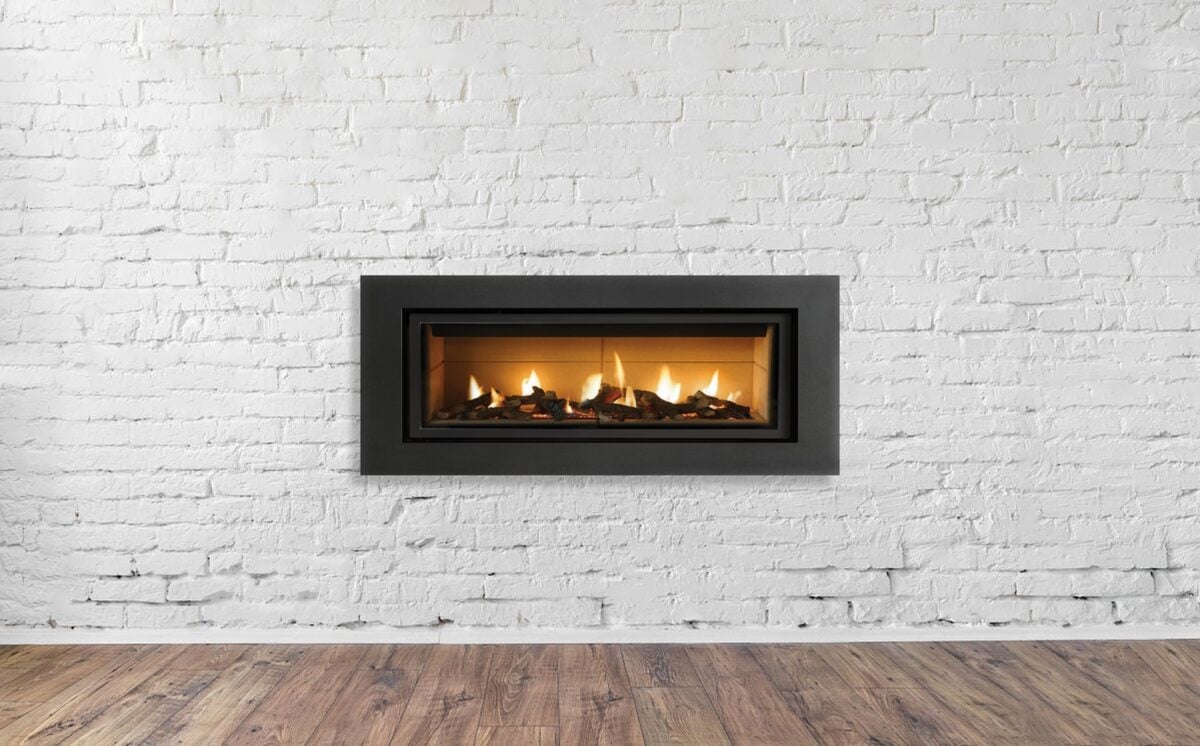
Type 4 – Ethanol fireplaces
Ethanol fireplaces use renewable and clean-burning ethanol fuel to create flames. They are designed for high portability, suitable for both indoor and outdoor use. Ethanol fireplaces encompass a variety of designs, from wall-mounted units to tabletop models, offering adaptability in integrating them into different spaces.
Benefits:
- Clean and Smoke-Free: Ethanol fireplaces provide genuine flames without smoke, ash, or soot emissions. This renders them a clean, eco-friendly heating option that maintains indoor air quality.
- No Need for Chimney or Venting: A significant advantage of ethanol fireplaces is their independence from chimneys or venting systems. This streamlines installation and amplifies design freedom.
- Ease of Use: Operating an ethanol fireplace is simple. Lighting and extinguishing flames typically involve user-friendly mechanisms or controls, ensuring rapid warmth and ambiance.
Drawbacks:
- Heat Output: Ethanol fireplaces are a great option for supplementing heat in smaller spaces rather than being the primary heat source for larger rooms.
- Fuel Costs: Although bioethanol is renewable, its per-unit cost might exceed other heating alternatives. However, the fireplace’s efficiency and control over usage could offset overall expenses.
- Limited Heat Distribution: Ethanol fireplaces emit radiant heat, which might not circulate as effectively as forced-air systems. This could lead to uneven heating in larger areas.
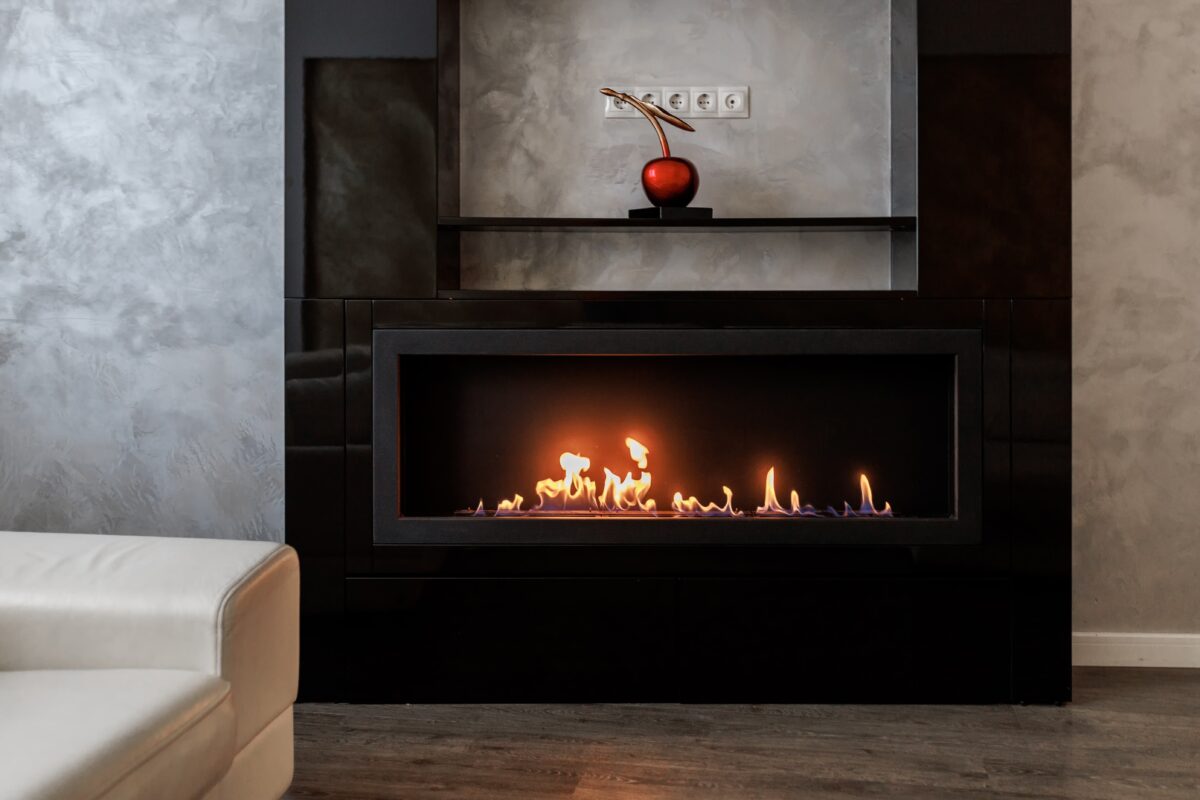
Type 5 – Pellet stoves
Pellet stoves function by burning small, densely packed wood pellets derived from sawdust, wood shavings, and other biomass materials. These stoves integrate automated feeding systems, delivering pellets to the combustion chamber for controlled, efficient burning. Pellet stoves offer diverse styles, encompassing traditional to contemporary designs.
Benefits:
- High Efficiency: Pellet stoves excel at converting energy stored in wood pellets into heat. With controlled combustion systems, they minimize waste while maximizing heat output.
- Clean Combustion: Compared to conventional wood-burning stoves, pellet stoves emit fewer emissions and pollutants, enhancing indoor air quality and lessening environmental impact.
- Automated Convenience: The pellet stove’s automated feeding system reduces manual involvement. This contrasts with traditional wood-burning stoves, which demand constant attention to upholding combustion.
Drawbacks:
- Electricity Dependency: Automated feeding systems and heat-dispersing fans in pellet stoves rely on electricity. During power outages, they remain inoperative unless connected to backup power sources.
- Initial Investment: The upfront expense for purchasing and installing a pellet stove may exceed that of traditional wood-burning alternatives.
- Maintenance: While cleaner than their wood burning counterparts, pellet stoves still demand routine maintenance. Periodic removal of ashes and residues is essential. Components such as the burn pot and exhaust system should also be cleaned periodically.
How to choose the right fireplace for your home
When selecting a fireplace for your home, consider your needs and preferences. Wood fireplaces offer charm but require maintenance. Gas fireplaces are convenient and efficient, ideal for urban settings. Electric fireplaces offer versatility and ease of use. Ethanol fireplaces are eco-friendly but provide localized heat. Pellet stoves are efficient and renewable. Prioritize safety, space, and aesthetic harmony with your décor. Evaluate heating capacity, installation requirements, and maintenance demands. Choose a fireplace that aligns with your lifestyle, budget, and heating goals for a perfect match that enhances your living space. You will also need to consider if you will be looking at indoor or outdoor fireplaces.
The role of Brick-Anew in enhancing your fireplace
After choosing the type of fireplace you want to use, it doesn’t end there. There is then so much more to consider. But luckily, Brick Anew is here to help. We have everything you need to enhance your fireplace and surrounding area, from fireplace paint to fireplace doors and accessories.
Need logs for your gas fireplace or wood fire? We have it! Need a fireplace insert to spruce things up? We have those too! And to top things off, everything we offer is of the highest quality around. If you need some additional assistance when choosing and enhancing your fireplace, you can contact one of the Brick Anew experts, and we will be happy to help you.




